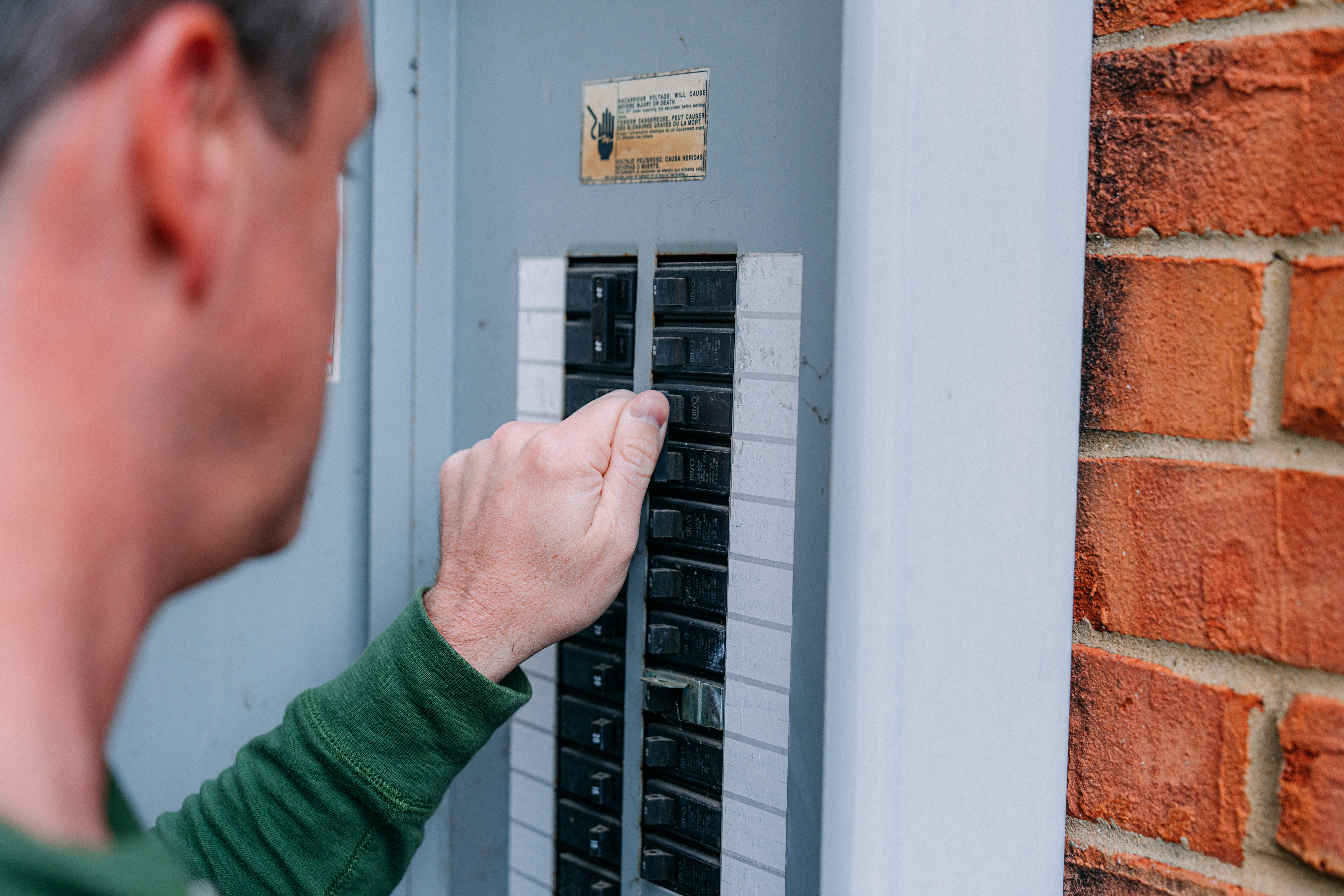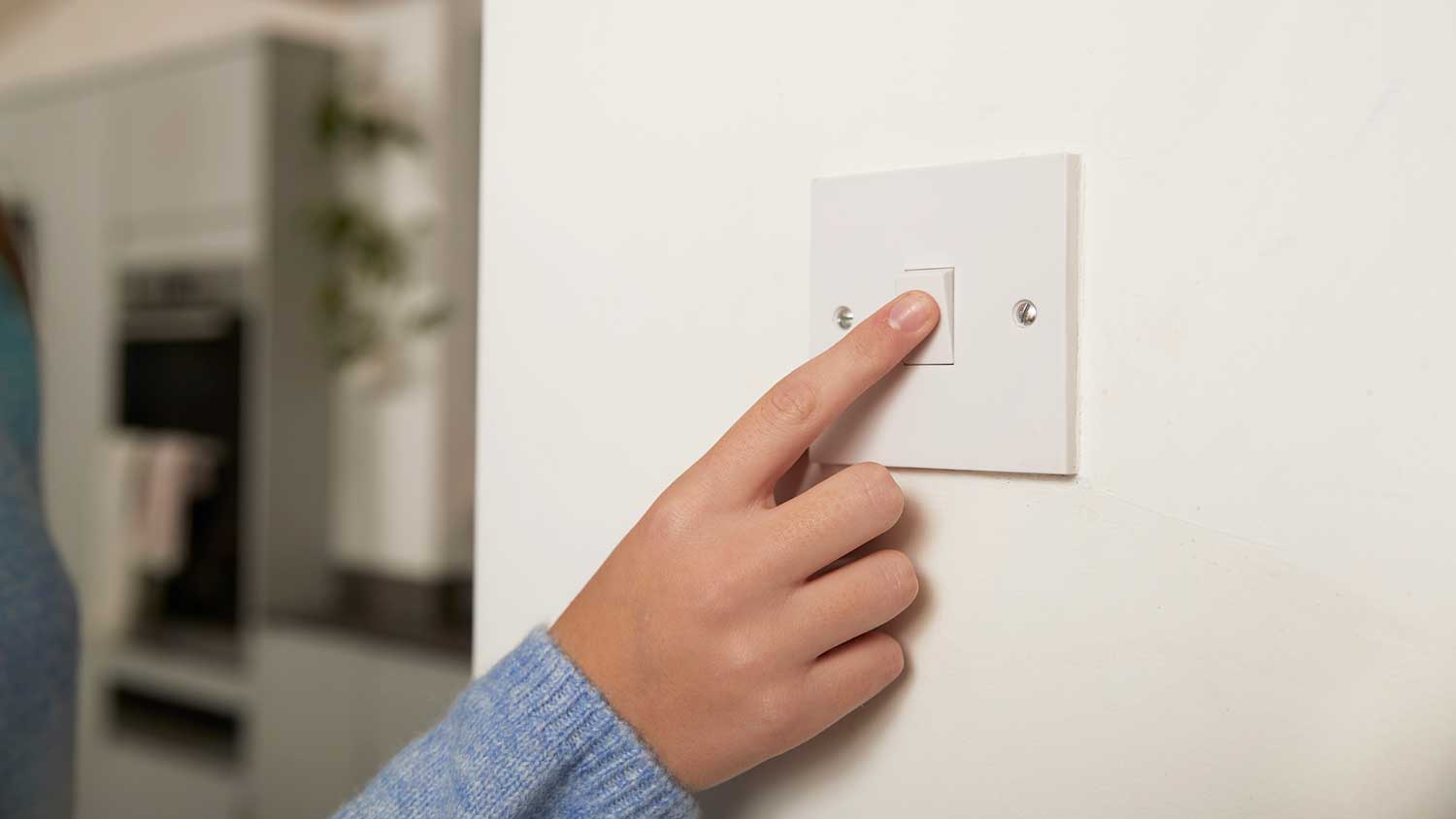
How much does electrical box replacement cost in Columbus, Ohio? Learn why this city may be more affordable and what factors the price.
Don’t let standard single-pole switches leave you in the dark


Multi-way switches, including 3-way and 4-way switches, enable homeowners to control lights from multiple locations.
A 4-way switch is an electrical switch that allows control from three or more locations.
Unlike single-pole switches, 4-way switches don't have "on" or "off" positions but feature four terminals that reverse the flow of electricity to control connected lights.
To create a functional circuit with 4-way switches, connect two 3-way switches on opposite ends and place one or more 4-way switches between them.
Multi-way lighting circuits with 4-way switches allow you to control your lights from three or more switches, so there’s no need to walk across the room or stumble in the dark to control the lights. So, how do 4-way switches work? Let’s break down the role of these switches in a multi-way lighting circuit.

A 4-way switch is a type of electrical switch that you can activate from three or more different locations. In a multi-way lighting circuit, 4-way switches are the intermediary between 3-way switches. A typical setup involves two 3-way switches and one or more 4-way switches placed between them.
The 4-way switch doesn’t have a “on” or “off” position. Instead, it has four terminals (hence the name “4-way”) and allows you to reverse the flow of electricity within the circuit, which shuts the connected light on or off. Hire a local electrician to review your home’s electrical system and install 4-way switches in the best locations.
Unlike how a standard light switch works, a 4-way switch is typically part of a combination of switches rather than being used on its own. To create a functional circuit with 4-way switches, you would typically connect two 3-way switches on either end of the circuit and place one or more 4-way switches between them.
In this set-up, a 3-way switch connects traveler wires to one side of the 4-way switch while the other side of the 4-way switch links to another 3-way switch. The 3-way switch is connected to a light fixture, and a flip of any of the switches will activate the light.
In a typical single-pole switch setup, there is one switch that controls the power to a light fixture. However, these aren’t ideal for large areas with multiple entry points or long hallways that split into different directions, as they’d call for some fumbling in the dark to turn the switch on and vice versa. Multi-way switches, which include 3-way switches and 4-way switches, are designed to be turned on or off from multiple locations.
Typically, a 4-way switch features two brass-colored terminal screws and two screws in black or darker colors. In addition, it incorporates a green ground terminal for safety and proper grounding. The four main (non-grounding) terminals offer two sets of toggle positions, with each set corresponding to one of these toggle positions. When the switch is in the upward position, it permits the current to flow through two specific terminals. While in the downward position, the current is directed through the other pair of terminals, shutting the lights on or off accordingly.
From average costs to expert advice, get all the answers you need to get your job done.

How much does electrical box replacement cost in Columbus, Ohio? Learn why this city may be more affordable and what factors the price.

How much does adding an electrical outlet cost in Columbus? Get details on average pricing, permit needs, and what affects the total cost.

How much does rewire house cost in Columbus? Learn the major factors that impact the price and how it can help increase your home's value.

Here’s what you need to know to reset an outlet without a reset button. Follow this guide for resetting an outlet in a snap.

Circuit breakers help protect electrical circuits from overheating, which is especially important inside a home. Let’s go over the basics.

Learn how to install a coax outlet to save money and clean up the tangle of wires in your entertainment room or living room.